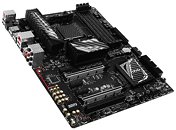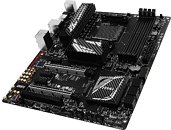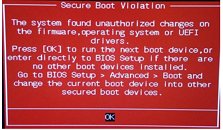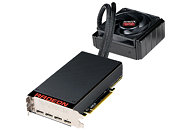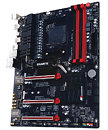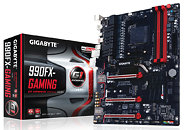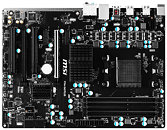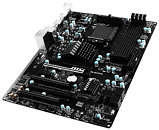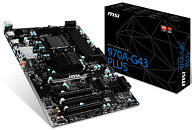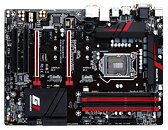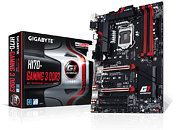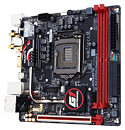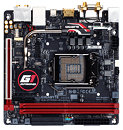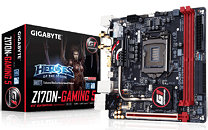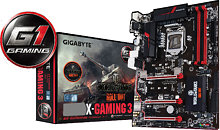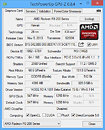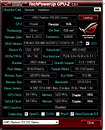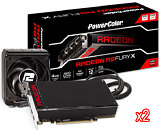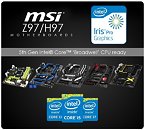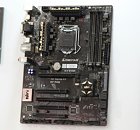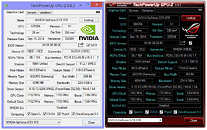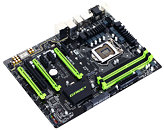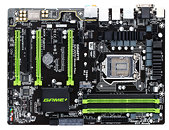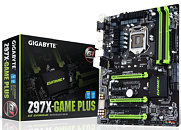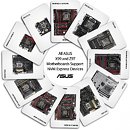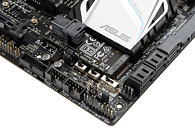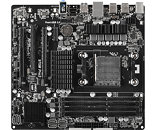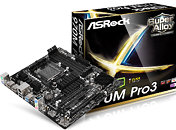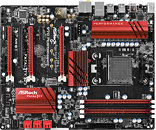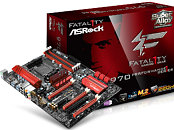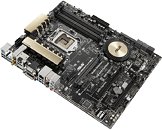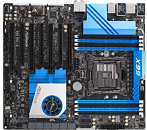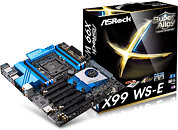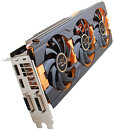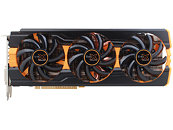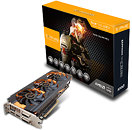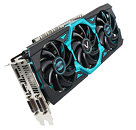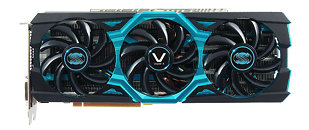
ASUS Rolls Out BIOS Updates for Next-Generation LGA1151 Processors
ASUS today announced that all 100-series motherboards will now support next-generation Intel Core processors. A quick and easy UEFI BIOS update unleashes the full potential of the next-generation high-performance CPUs for socket LGA 1151, reaffirming ASUS as the BEST leading motherboard brand - Best Selling, Easy to Use, Stable and Trusted. Owners of ASUS Republic of Gamers (ROG), Pro Gaming, Signature and TUF Z170, H170, B150 and H110 motherboards are able to take advantage of the easy upgrade to the award-winning ASUS UEFI BIOS, which is available today via the relevant ASUS Support web page.
All ASUS 100-series motherboards that include the ASUS USB BIOS Flashback feature allow users to apply UEFI BIOS updates with ease. For other ASUS 100-series motherboards the necessary UEFI BIOS update takes just one click in an easy-to-use Windows-based BIOS updater application, ASUS EZ Update, which is available to download from the ASUS website.
All ASUS 100-series motherboards that include the ASUS USB BIOS Flashback feature allow users to apply UEFI BIOS updates with ease. For other ASUS 100-series motherboards the necessary UEFI BIOS update takes just one click in an easy-to-use Windows-based BIOS updater application, ASUS EZ Update, which is available to download from the ASUS website.


